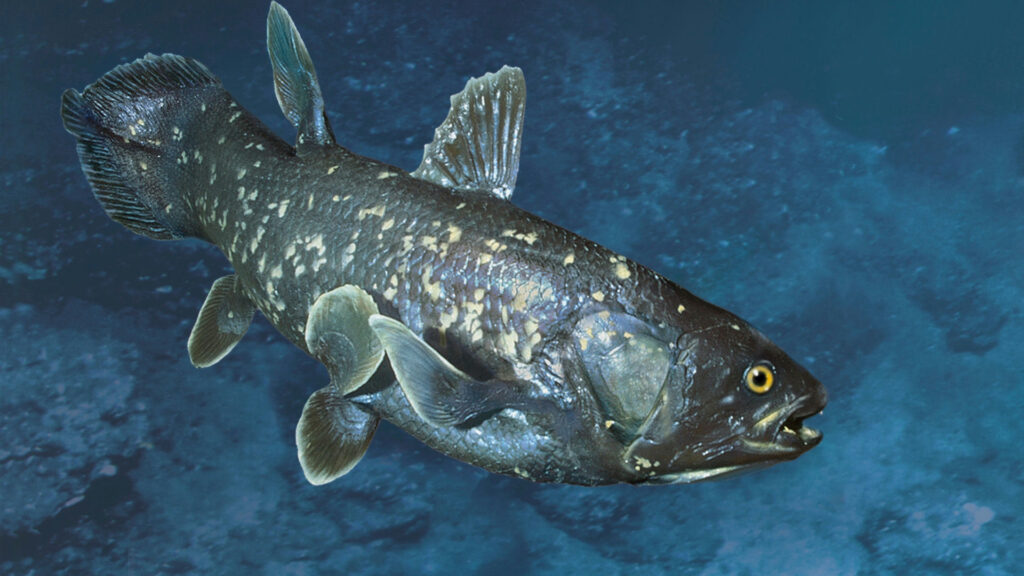
Throughout history, numerous species once believed to be extinct have made incredible comebacks, defying expectations and offering hope for the preservation of biodiversity. These remarkable creatures have been rediscovered through concerted conservation efforts, providing valuable lessons about resilience and the importance of protecting our planet’s delicate ecosystems. From iconic mammals to rare birds and even ancient fish, these species remind us that extinction is not always the final chapter. Here are some of the most inspiring and awe-inspiring examples of species brought back from the brink of extinction.
1. Blue Iguana (Cyclura lewisi)
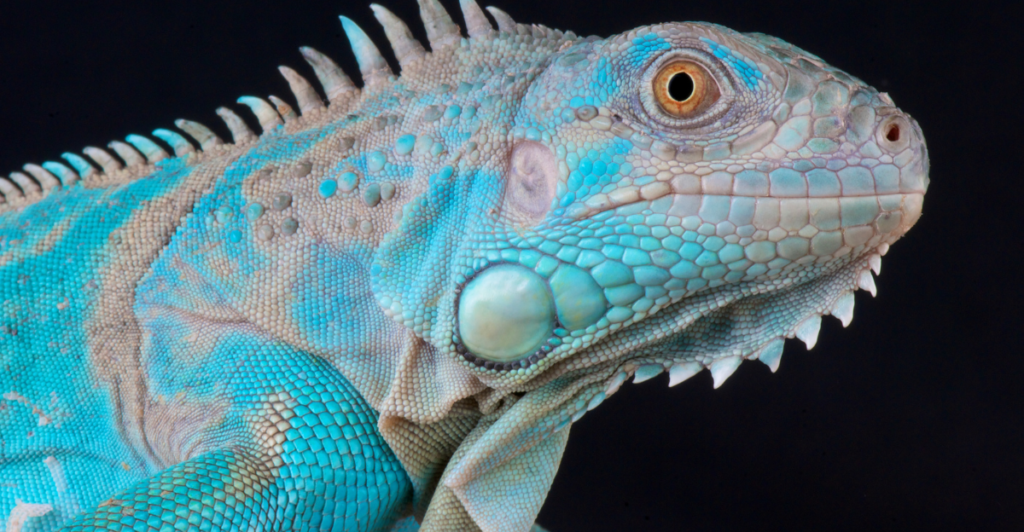
Found only in the Cayman Islands, the blue iguana faced severe threats from habitat loss and invasive species, leaving just 15 individuals in the wild by 2002. Conservationist Fred Burton initiated a breeding program in 1990, which meticulously raised iguanas in captivity and prepared them for life in the wild. Through habitat restoration and community involvement, over 1,000 individuals were successfully released, creating a stable and growing population by 2018. The species now symbolizes conservation success.
2. Gould’s Mouse (Pseudomys gouldii)
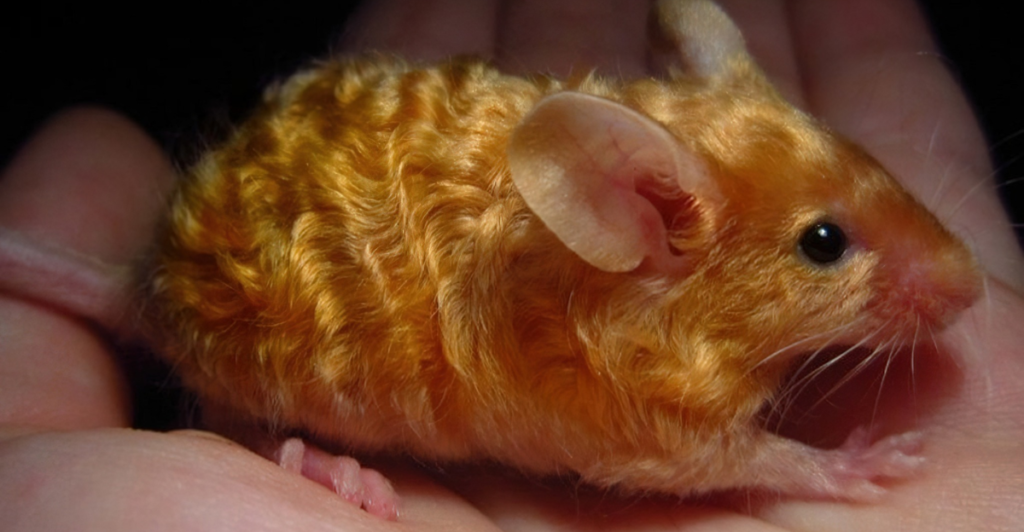
Believed to have disappeared in the 19th century due to habitat destruction and introduced predators, this small Australian rodent surprised researchers when genetic analysis revealed it was identical to the Shark Bay mouse, a surviving species. This discovery in 2021 highlighted the importance of preserving even seemingly minor species. Efforts are now underway to protect its habitat and expand its range to ensure long-term survival in the face of ongoing ecological challenges.
3. Red Kite (Milvus milvus)
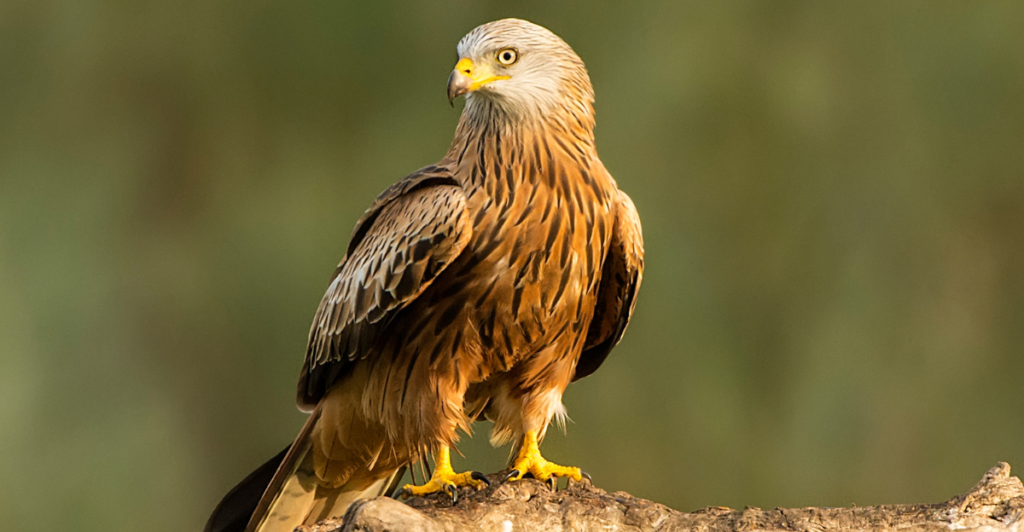
Once common across the UK, the red kite population was decimated by habitat loss and persecution, driving it to extinction in England and Scotland by the 20th century. A reintroduction program began in the 1990s, involving the translocation of birds from Europe. Over three decades, the program succeeded beyond expectations, with red kites now soaring across much of the UK. Their dramatic comeback stands as a testament to the value of international cooperation in wildlife recovery.
4. Northern Pool Frog (Pelophylax lessonae)
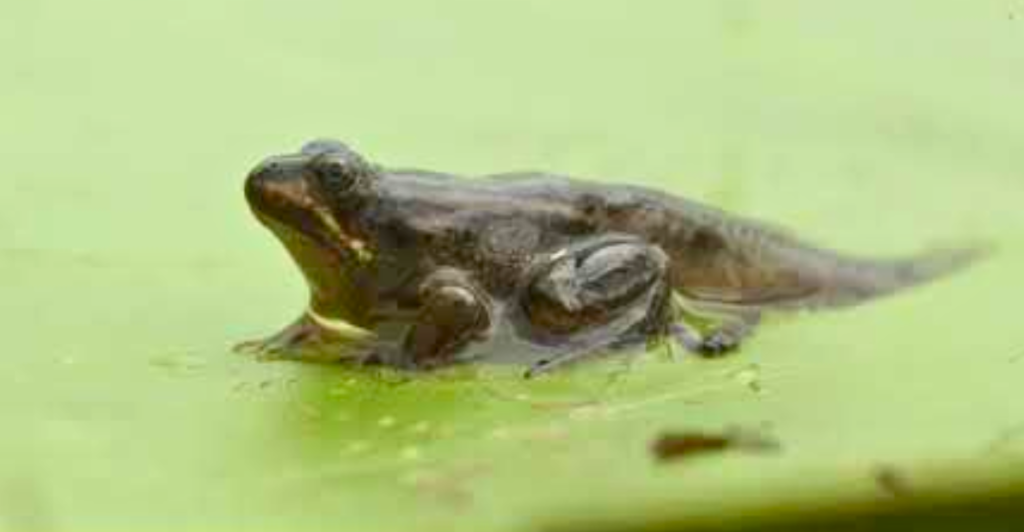
Native to the UK, this amphibian became extinct in the wild by 1995 due to habitat loss and climate change. A carefully managed reintroduction project transported individuals from Sweden to Norfolk’s Thompson Common, replicating their natural wetland habitat. Intensive monitoring and habitat management have allowed the frogs to thrive, demonstrating the critical role of tailored conservation efforts in reversing local extinctions.
5. American Bison (Bison bison) & European Bison (Bison bonasus)
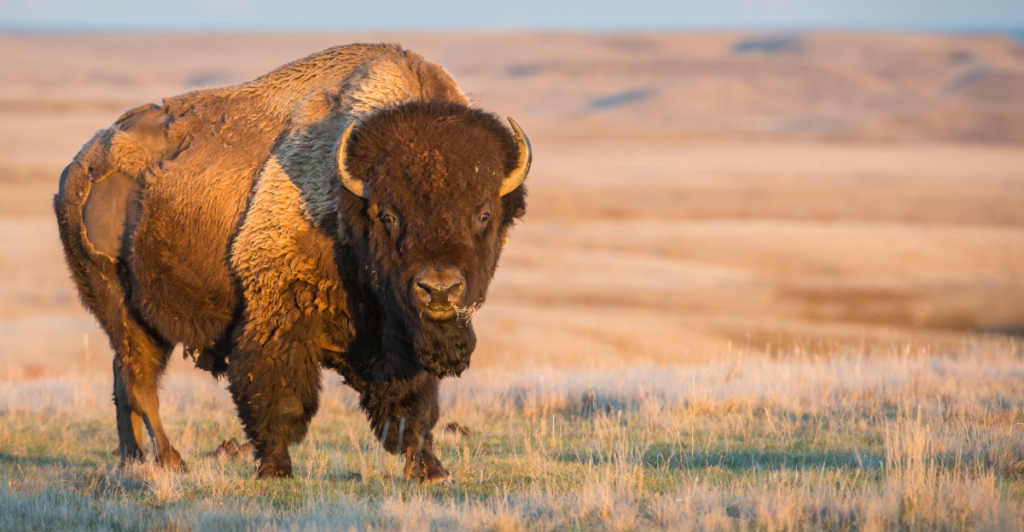
Once roaming vast landscapes in the millions, both species faced near extinction due to overhunting and habitat destruction. The American bison population fell to fewer than 1,000 by the late 19th century but rebounded thanks to protective legislation and private ranchers. European bison, extinct in the wild by the 1920s, survived in captivity. Reintroduction efforts and protected areas have enabled these keystone species to reclaim parts of their historic ranges, revitalizing ecosystems.
6. Chequered Skipper Butterfly (Carterocephalus palaemon)
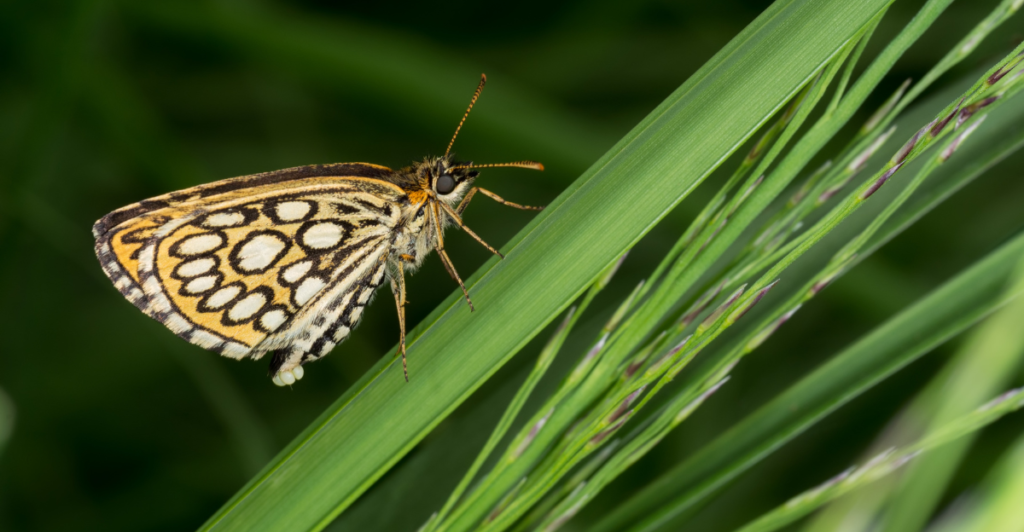
This vibrant butterfly vanished from England in 1976 due to habitat degradation and changes in agricultural practices. Conservationists initiated a translocation project in 2018, bringing individuals from Belgium to Northamptonshire. Efforts to recreate suitable habitats, such as managing woodlands and grasslands, have resulted in established populations. This species’ return illustrates the potential to reverse losses with habitat restoration and careful species management.
7. Eurasian Beaver (Castor fiber)
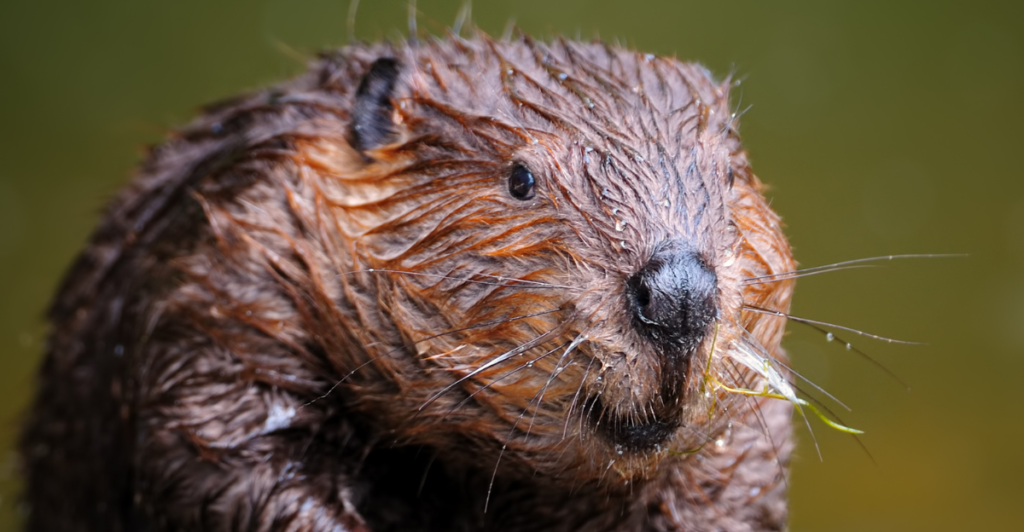
Hunted to extinction in the UK centuries ago for their fur and oil, beavers were reintroduced in recent years as part of efforts to restore natural wetlands. These industrious rodents create habitats that benefit countless other species by building dams and improving water quality. Wild populations in Scotland and England are now thriving, showcasing the ecological benefits of reintroducing native species.
8. Rarotonga Flycatcher (Pomarea dimidiata)
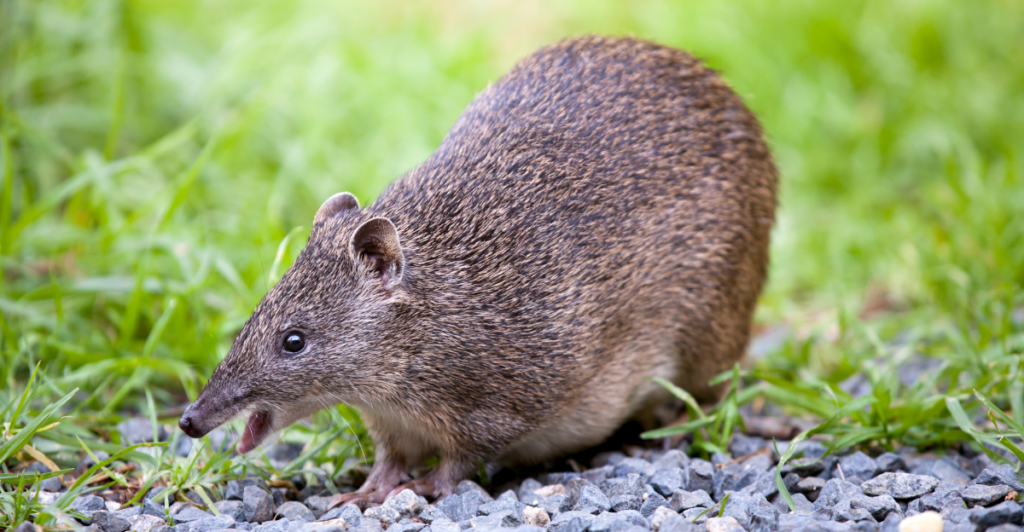
Native to the Cook Islands, this small bird faced near extinction in the 1980s due to habitat loss and invasive rats preying on its eggs. Conservationists intervened with nest protection programs and rat eradication efforts. The population not only rebounded on Rarotonga but expanded to nearby islands, securing the species’ future. This success story underscores the importance of addressing invasive species in biodiversity conservation.
9. Eastern Barred Bandicoot (Perameles gunnii)

Once widespread in southeastern Australia, this small marsupial declined drastically due to predation by foxes and habitat destruction. By the 1980s, it was declared extinct in the wild. Captive breeding programs and the establishment of predator-free sanctuaries have enabled a remarkable recovery. In 2021, it was reclassified from extinct to endangered, marking a milestone in conservation efforts for Australia’s unique wildlife.
10. Echo Parakeet (Psittacula eques)
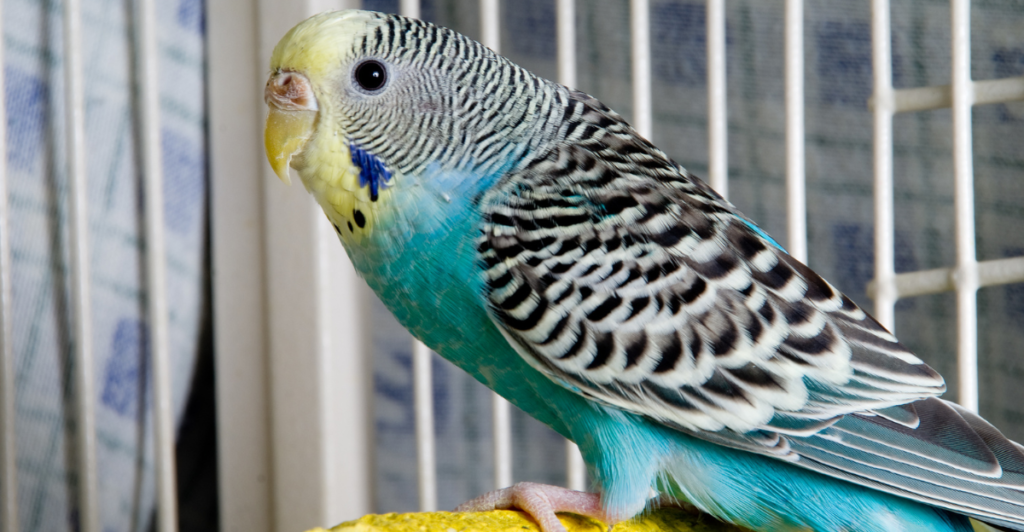
Found only in Mauritius, this striking green parrot was reduced to fewer than 20 individuals by the 1980s due to habitat loss and competition with invasive species. Through intensive conservation measures, including captive breeding, supplemental feeding, and habitat restoration, the population has grown to over 700. The echo parakeet’s recovery is one of the most successful avian conservation projects to date.
11. Spix’s Macaw (Cyanopsitta spixii)
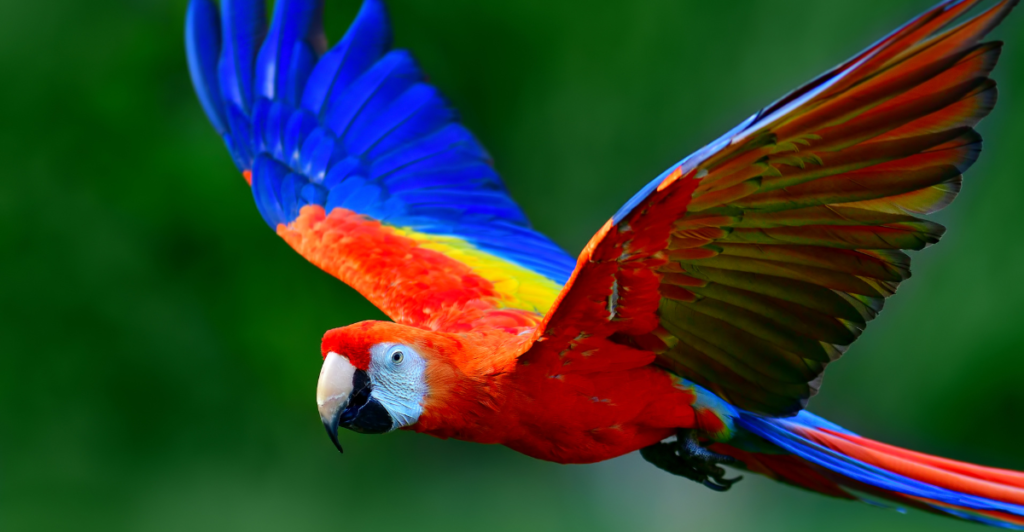
Famous for its vivid blue feathers, the Spix’s macaw disappeared from the wild in the early 2000s due to habitat destruction and the illegal pet trade. Conservation programs focused on breeding these parrots in captivity and restoring their native habitats in Brazil. In 2021, the species was successfully reintroduced, marking a hopeful new chapter for this iconic bird, popularized by the animated film Rio.
12. Coelacanth (Latimeria chalumnae)
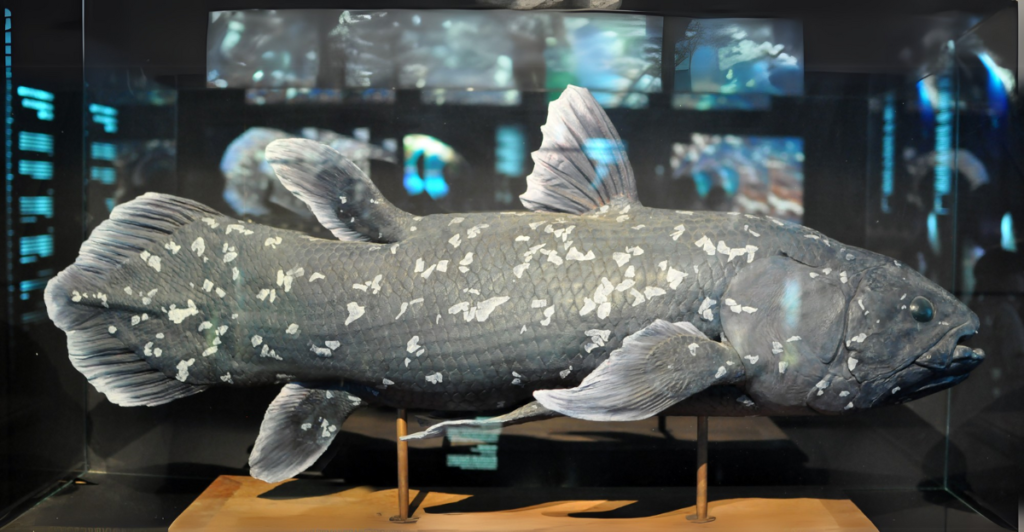
Once thought extinct alongside the dinosaurs, the coelacanth was rediscovered in 1938 off South Africa’s coast. Recent studies have revealed that these deep-sea fish have a lifespan of around 100 years, the longest gestation period of any animal (five years), and grow at an exceptionally slow rate. Coelacanths were first discovered around 400 million years ago, pre-dating the dinosaurs by 170 million years. Though initially termed “living fossils,” scientists now avoid this label due to their continued evolution.
Stay connected with us for more stories like this! Follow us to get the latest updates or hit the Follow button at the top of this article, and let us know what you think by leaving your feedback below. We’d love to hear from you!







